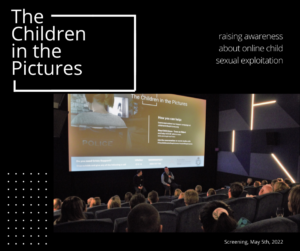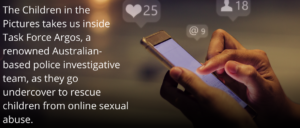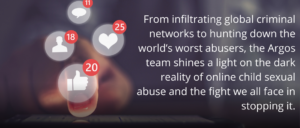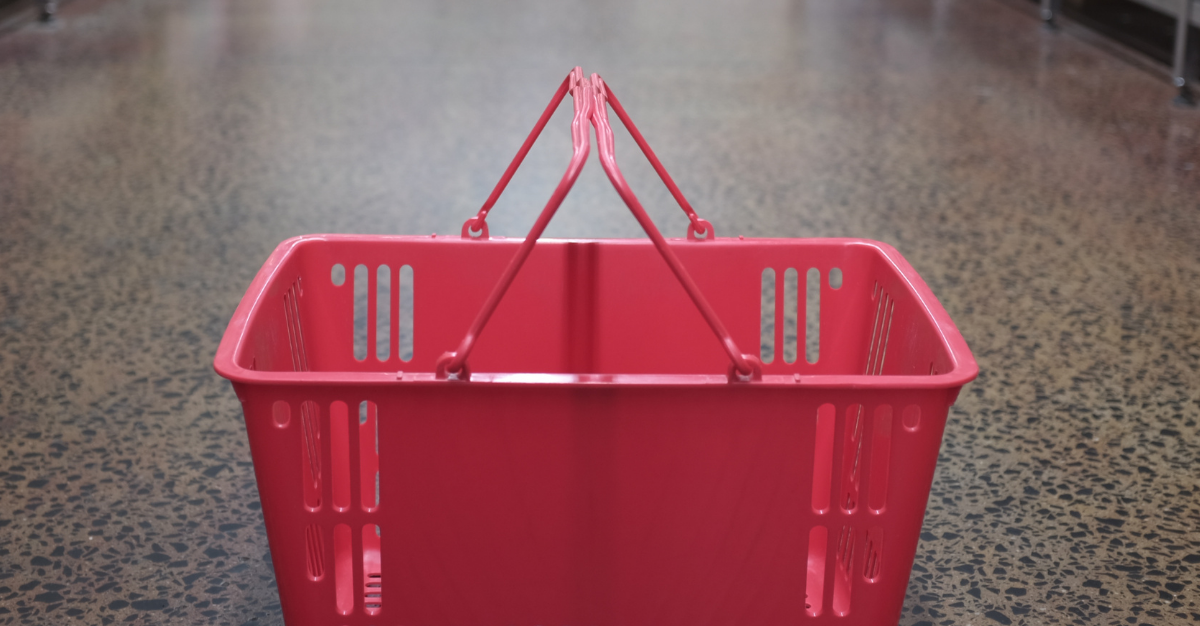As COVID-19 leaves children in many low-income countries increasingly vulnerable to child labour, it might be time for Australian consumers to address our strongest link to the issue: the products we purchase.
To encourage governments and individuals to right the global injustice of child labour around the world, the United Nations declared 2021 as the Year for the Elimination of Child Labour, with the hope of eradicating it entirely by 2025.
Over the last ten years, we have celebrated a global 38 percent decrease in child labour, yet there remain at least 160 million children in labour around the world. UNICEF, 2021. Child Labour rises to 160 million - first increase in two decades.
This form of labour isn’t to be confused with a weekend or an after-school job, such as many young people have. Child labour is defined as detrimental work that actively deprives children of their education and well-being and, for 79 million children, places them in very precarious conditions in which their very lives and health are at risk.
When the United Nations set 2025 as the target deadline for the elimination of child labour, they were not anticipating a global pandemic to be a part of the international narrative. This unforeseen pandemic has had far-reaching effects which have stunted and reversed great progress that had been made in the fight against child labour. Some of the greatest victims of COVID-19’s ramifications are children, who will feel its effects for years to come.
As global poverty is estimated to be on the rise for the first time in over 20 years, children around the world are left increasingly vulnerable. Many households have become desperate as their local economies struggle, some requiring their children to work to supplement the loss of family income. Children in the wake of the pandemic are also vulnerable to traffickers; those who would exploit them into labour for financial gain.
It is estimated that 10 million primary and secondary students, predominantly in low- and middle-income countries, are likely to never return to school, due to the economic turmoil created by the pandemic. As schools close and desperation heightens, the pandemic truly has created the perfect storm for child labour.
And its effects are not trivial; child labour has a profound effect upon the trajectory of a child’s life, as well as the future flourishing of our global neighbours and the world as a whole. When children engage in child labour, deprived of a good education and sound health, they are less likely to be equipped to break the cycle of poverty, allowing it to spill over into the next generation.
It is apparent that child labour aggravates poverty, and poverty aggravates child labour. The use of child labour in low- and middle-income countries stifles their national wages and increases adult unemployment. Economic prosperity, one of the keys to ending poverty, seems almost unachievable when poverty and child labour continue to abound within this vicious circle.
How then do we assist our global neighbours in this struggle? According to a study released by Baptist World Aid, 61% of Australians hold a conviction that Australians have a responsibility to support their global neighbours to overcome poverty. Yet in an issue that is increasingly complex, what part do we have to play? Perhaps we had better address our strongest link to the issue; Australians are mainly connected to the issue of child labour through the products that they consume.
In 2020, the United States' Department of Labor released a report listing the goods that are produced by child labour or forced labour, that are found within global supply chains.
The findings of the report revealed that there were 134 goods produced globally from 76 countries which used child labour within their supply chains. Goods that had the most child labour by number of countries included gold, sugarcane, coffee, tobacco, cotton, and fish, to name a few. The Global Slavery Index found that Australia imports US$12 billion worth of products that are at risk of having been produced by modern slavery, predominantly from China, Thailand, Malaysia, India, and Vietnam. Australia’s shopping ground, Asia-Pacific, is where 62 million children can be found working in conditions of child labour.What this means for Australians, according to research, is that even though our consumption habits are strongly linked to child labour, consumers struggle to align their shopping habits with their convictions.
In July 2021, Baptist World Aid released their Australian Ethical Consumer Report that addressed this disconnect. The report found that 56 per cent of Australians believe that they should consider the impact of their purchasing decisions on people overseas. This is great news. Australians are becoming more aware of the importance of ethical consumption, and many want to make more ethical purchasing decisions in the future. Yet, despite this conviction, Social Researcher Sophie Renton suggests that “Australians desire to live for the greater good and make a positive impact but struggle to make the change to live it out in their lives.”
If we acknowledge that child labour is deeply entrenched within our global supply chains and, ultimately within many products that we purchase, does this knowledge conjure enough meaning for us to then change how we consume? Will this awareness help us to turn our beliefs into action? According to survey results from Mccrindle, meaning is the prescribed antidote to our current state of consumerism.
The Australian refrain: "the standard that you walk past is the standard that you accept" rings true in this context.
When we want our products to be free of child labour, but don’t take any consumer action, we tell our suppliers that as long as it is accessible and affordable, we will buy it. If I don’t want to support child labour, then does that belief reflect itself within my shopping list and my online ‘cart’?
The onus to eradicate child labour will continue to be laid most heavily upon those who hold positions of power and influence within society, but ultimately, child labour is a global issue that connects us all and should concern us all. To fight for a world free of child labour, we need to recognise the power that Australian consumers have to enact change. The power of the consumer voice and dollar has the ability to push fairness, equality, and economic prosperity through our global supply chains.
To this end, where do we begin? One of the main findings of Baptist World Aid is that Australians do not feel equipped to consume more ethically, the main reason being that they don’t know which products might be made more ethically than others. Education and awareness are key to combating the disconnect we experience between our convictions and our ability to act on them.
There are many tools available to assist us. There are ethical shopping apps such as ‘Good on You,’ ‘End Poverty,’ ‘Sweat and Toil’ and ‘Shop Ethical’ available for download on our devices. There are other creative alternatives to our shopping habits such as buying less, buying second-hand, borrowing items from others, or using what you may already have.
By using these shopping guides and asking more questions, we can effectively communicate to our suppliers that we want our international neighbours to also share in the benefits of globalisation, and that we want products free of the labour of children who should be thriving in school.
As the Year for the Elimination of Child Labour has passed the halfway mark, it is time that Australian consumers start asking more questions about the people behind their products and educate themselves more on their connection to child labour in order to prescribe meaning to their shopping habits. As Australia’s shopping ground accounts for much of the world’s child labour, it is time to clean up our act and lead the way for the global eradication of child labour.
Ultimately, we need to impose more meaning and intention into how we consume. Australians need to give more thought to our shopping habits and respect those who are involved in producing what we consume by placing the appropriate weight on our purchasing decisions.
By being more conscious of the flow-on effect of our decisions, we can start the journey of being more positively connected to the people involved in making our products and, ultimately, we can assist communities around the world in breaking the cycle of poverty and child labour today and for the next generation.
#SlaveryFreeStartsWithMe
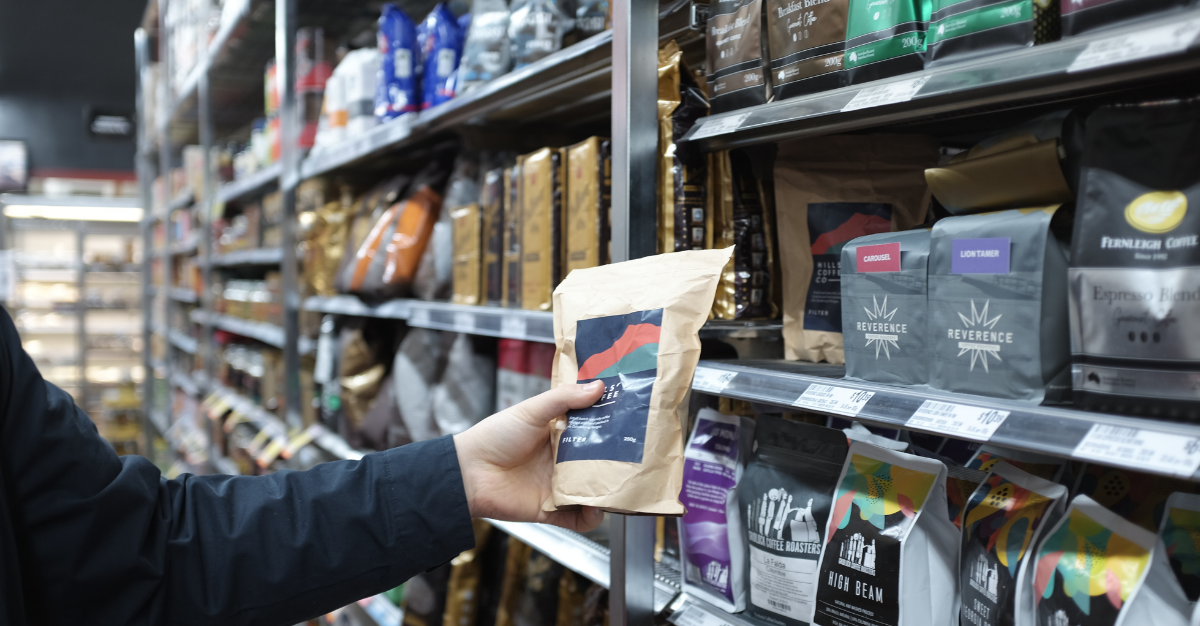
#ZOEconcious
